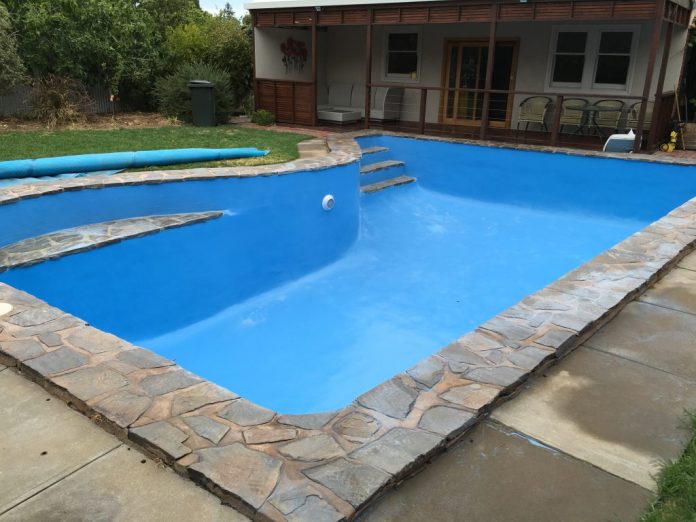
In order to keep swimming pools attractive, safe, and clean, it is important that they are maintained. Resurfacing a pool is one way to repair surface damage caused by time and wear. Resurfacing your swimming pool is important to ensure that it looks great and the water stays clean. This article will explain the basics of pool resurfacing, including what it is, how it works, and why it is important.
What is pool resurfacing?
Resurfacing a pool is the process of replacing or restoring the topmost layer that makes up the surface. This layer is typically made from fiberglass, plaster or another type of durable coating that protects the pool against water damage. Resurfacing a swimming pool is usually done to fix damage from regular wear, but can also be done to update the design or give it a new appearance.
Why is pool resurfacing important?
Resurfacing your pool is essential for many reasons. By providing a smooth and strong finish, it protects the pool against water damage and structural degradation. The pool will also look cleaner and newer for a longer period of time.
Resurfacing your pool can also help prevent algae growth and make it easier to clean. By hiring a service that is reputable for Atlanta pool resurfacing, you will also be able to keep the deck surface in top condition for many years. You will receive a cost-effective service for pool resurfacing.
How does pool resurfacing work?
Resurfacing a pool is a complicated process that requires knowledge and expertise. The steps in the process are dependent on the material that was used to build the pool surface as well as how much damage needs to be repaired.
Resurfacing is generally a process of cleaning the surface and preparing it by removing loose debris or contaminants. A pool specialist uses an acid wash next to remove the old surface material. After neutralizing the acid, the surface will be washed with high-pressure hoses to remove any remaining debris.
After the pool is thoroughly cleaned, you can apply a new material to its surface. This may require using a trowel and a plaster or cement mixture to smooth it out. In some cases, the coating may be applied directly to the surface.
To Conclude
Resurfacing your pool is an important part of maintaining the appearance and longevity of your swimming pool. The process involves removing the old surface material and cleaning it thoroughly before applying a new plaster or coating to restore the appearance of the pool. You can keep your pool in great condition by performing regular maintenance. You are welcome!








